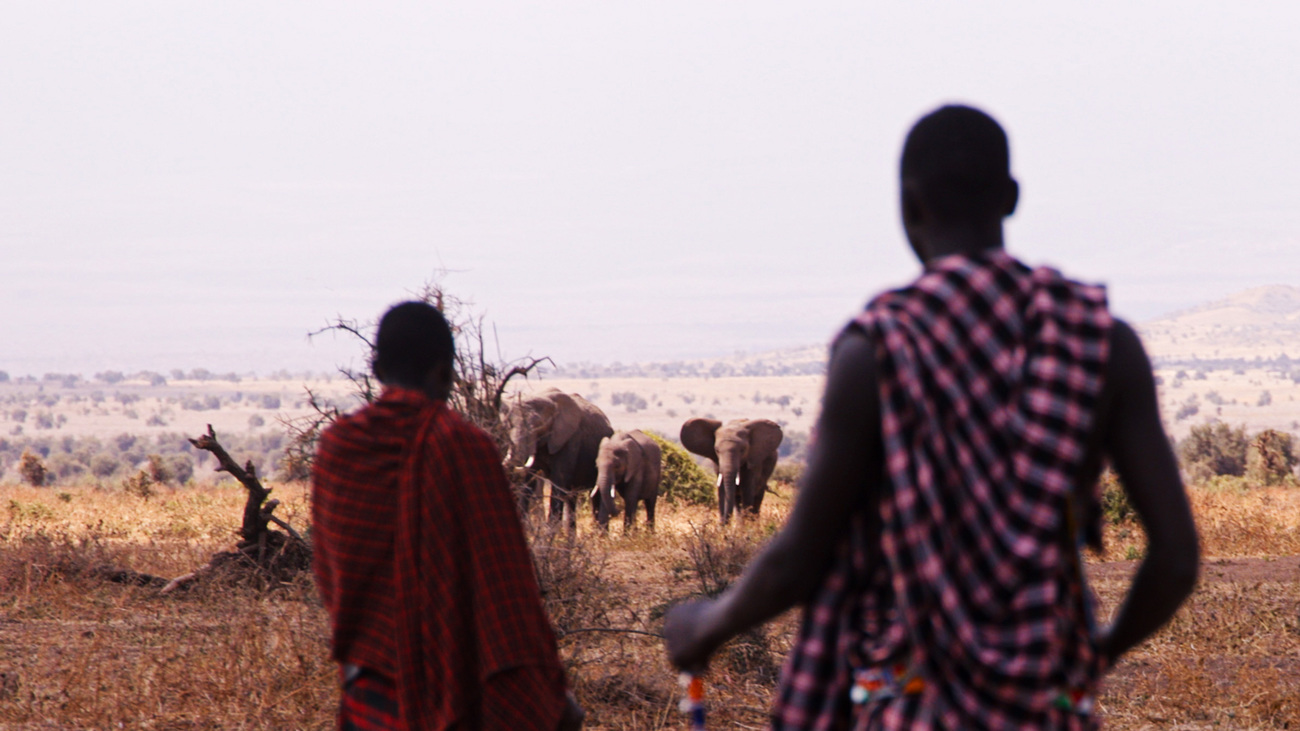Jason Bell
Executive Vice President - Strategy, Programmes & Field Operations
If there's an individual animal in distress, why would you not make every effort to try and rescue it?
In a changing climate, should we intervene or allow landscapes to evolve on their own?

Is the world the same today as it was a century ago for Africa’s elephants? The answer is, of course, an emphatic no.
Where the range of Africa’s elephants extended across 60% of sub-Saharan Africa in the past, today elephants occur in just 17% of this historical range. This represents a fragmented landscape for elephants akin to a broken plate. What does this mean for the persistence of Africa’s elephants over the next century and beyond? The answer depends on whether we choose to mend the plate or let the fragments become smaller and smaller.
The question of whether we intervene or allow landscapes to evolve is a complex one. Humans have already intervened in significant ways to change the trajectory of how ecosystems persist over time. Adopting a hands-off versus hands-on approach will massively impact the future of large, interconnected ecosystems.
One option is to pack our bags and call it a day—an ecological doomsday narrative that unfortunately persists. The alternative is to change the trajectory of the human ecological footprint one step at a time, to support interconnected ecosystems and ecological processes that will allow species to persist in the face of threats like climate change.
To answer the question of whether we should intervene or not, it’s useful to look at African elephants as a model species to inform landscape conservation decisions, given their large home ranges and need for vast space. Their range extends far beyond formal protected areas, so elephants wind up sharing a lot of space with people, often leading to conflict due to crop raiding. Elephants can also pose a significant threat to human life.
For elephant populations to remain stable and persist over time, they must be able to move freely throughout their range so they can respond to seasonal changes in food and water availability. This often requires them to move between protected areas and communal land.
What we’ll see for elephants in Africa one hundred years from now depends almost entirely on how we plan for their coexistence with people. With the human population in Africa projected to double by 2050, the human-elephant interface will certainly become more extreme. Add on the reality of a changing climate, in which prolonged droughts are already having a significant impact on human and wildlife populations in sub-Saharan Africa, and the question of whether we intervene or not becomes far more pertinent.

When we talk about intervention, what do we really mean?
In partnership with the University of Pretoria’s Conservation Ecology Research Unit (CERU), IFAW has supported a 20-year study on the dynamics of elephant populations in southern Africa. The science has revealed that elephant populations are extremely resilient, but only if they can move across their range in response to changes in food and water availability and other environmental variables. Populations that are connected across space remain stable and persist. On the other hand, isolated populations do not thrive and require a great deal of management intervention. That means that interventions to maintain and/or restore landscape connectivity are necessary if we want to see thriving elephant populations in the future.
The elephant in the room is climate change. Considering a detailed estimate of elephant distribution forty years from now based on predicted changes in climate and human demography, the IFAW-CERU research partnership revealed that elephant populations will shift eastward over time in response to more prolific drought cycles in the western parts of their range coupled with increased rainfall in the eastern parts. Of course, the areas with increased rainfall will also be the most suitable areas for agriculture and human habitation.

Through IFAW’s Room to Roam initiative, based on the 20 years of science, we have identified 12 landscapes across East and southern Africa that simply must be protected to allow elephants and people to thrive in the future. Land-use planning and policy interventions are key to ensure that connectivity is restored/maintained in these landscapes. Building climate-resilient landscapes that can thrive under changing climatic conditions, maintain biodiversity, and provide nature-based solutions is essential. So too is fostering climate-resilient communities in these landscapes which, through climate-smart agriculture for example, can thrive well into the future.
Room to Roam is visionary. It is also enormously ambitious and challenging. However, if we don’t achieve what Room to Roam aims to achieve, elephant populations will become increasingly fragmented and will not be ecologically viable in the future. The plate will remain broken. The fragments will become further fragmented. There will be greater competition for resources, and thus human-elephant conflict will escalate dramatically. Increasingly isolated elephant populations will not be viable in the long term.
So, should we intervene? The answer is yes—intervention is necessary. The question then becomes one of time and scale. If we intervene through an initiative such as Room to Roam and we are successful in achieving land-use policy frameworks that sustain a matrix of connected landscapes across East and southern Africa, then elephant populations will stabilise, persist, and thrive into the future, and humans and elephants will be able to coexist. Only then can we consider letting landscape dynamics evolve. But we have a lot of work to do.
Jason Bell
Executive Vice President - Strategy, Programmes & Field Operations
If there's an individual animal in distress, why would you not make every effort to try and rescue it?
Every problem has a solution, every solution needs support.
The problems we face are urgent, complicated, and resistant to change. Real solutions demand creativity, hard work and involvement from people like you.
Unfortunately, the browser you use is outdated and does not allow you to display the site correctly. Please install any of the modern browsers, for example:
Google Chrome Firefox Safari